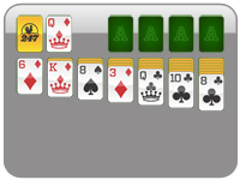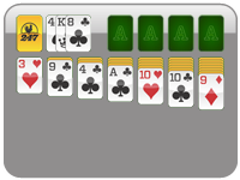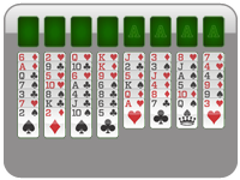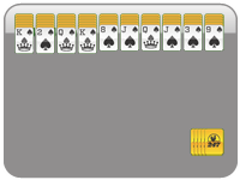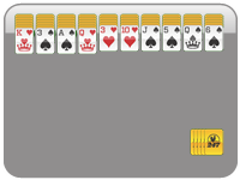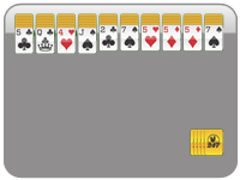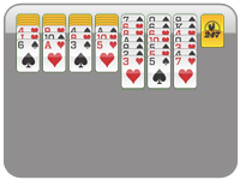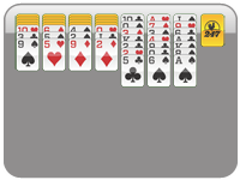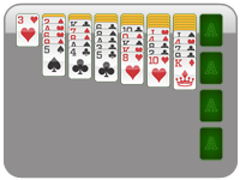How Many Mahjong Tiles are in a Set?
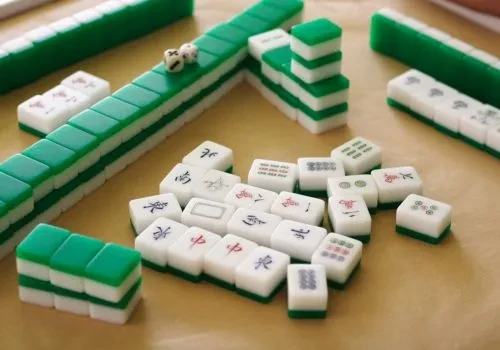
When it comes to the fascinating world of Mahjong, one of the most common questions that newcomers and even some seasoned players might ask is: How many Mahjong tiles are in a set?
Mahjong is a game rich in history and culture, and understanding the components of the game is crucial for both playing and appreciating it. Whether you're a game developer looking to incorporate Mahjong elements into your design or a curious player ready to dive into this classic game, knowing the number of tiles and their roles is a great start.
The standard Mahjong set, widely recognized in the world, consists of 144 tiles. These tiles are divided into several categories, each with its own significance. Let's break them down:
Suits
Mahjong tiles are primarily divided into three suits, similar to suits in a deck of cards. Each suit has its own unique symbols:
- Dots (Circles or Coins): These tiles feature circles that represent copper coins. There are 36 Dot tiles in a set, numbered from 1 to 9, with four of each number.
- Bamboo (Sticks or Bams): Representing strings of coins, these tiles are illustrated with bamboo sticks. Like the Dots, there are 36 Bamboo tiles, numbered from 1 to 9.
- Characters (Cracks): These tiles have Chinese characters that symbolize currency. Again, there are 36 Character tiles, numbered from 1 to 9.
Each of these suits has four tiles for each number, totaling 108 tiles across the three suits.
Honor Tiles
In addition to the suits, there are Honor tiles. These are divided into two categories:
- Winds: East, South, West, and North. There are 4 of each, totaling 16 tiles.
- Dragons: Red, Green, and White. Each dragon type also has four tiles, adding up to 12 tiles.
These honor tiles are crucial in gameplay for creating combinations and completing hands.
Bonus Tiles
Some Mahjong sets include bonus tiles, which can add an interesting twist to the game. These aren't used in every version of Mahjong, but they are worth mentioning:
- Flowers: Typically numbered 1 through 4, these tiles can provide extra points.
- Seasons: Similar to Flower tiles, these are also numbered 1 through 4.
These bonus tiles add up to 8 tiles and are often used to enhance the game's complexity and strategy.
Variations in Tile Sets
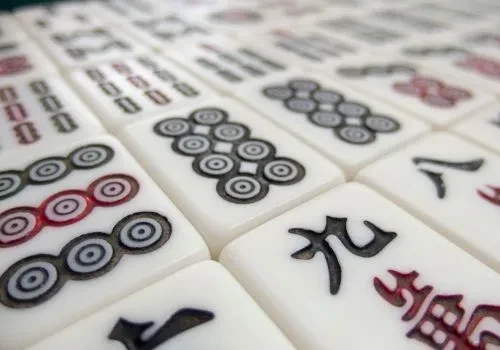
While the standard set is the most common, there are variations in tile sets depending on regional rules and gameplay styles. Here's a look at a few popular variations:
Chinese Mahjong
Chinese Mahjong typically contains the 144-tile standard set, but some variations might include additional tiles or unique rules about how the tiles are used.
Japanese Mahjong (Riichi)
Japanese Mahjong, known as Riichi, generally uses 136 tiles. This set excludes the Flower and Season tiles, focusing more on the strategic aspect of the game.
American Mahjong
American Mahjong is quite different from its Asian counterparts. It uses 152 tiles, including eight Joker tiles that add an element of chance and strategy. American Mahjong also has unique rules and a scoring system that sets it apart from other styles.
Why Tile Count Matters
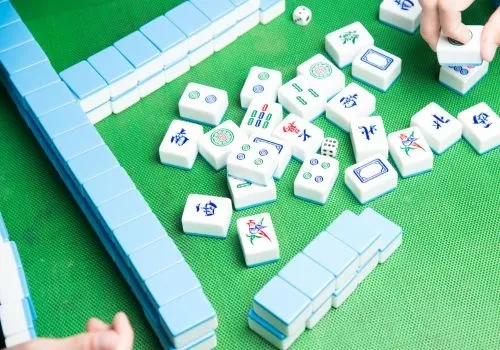
For game developers and enthusiasts alike, understanding the number of tiles in a Mahjong set is not just about knowing the components. It's about grasping the game mechanics and how each tile can influence the outcome of the game. The number and type of tiles dictate the strategies players use and the complexity of the game.
Impact on Game Design
When designing a game that incorporates elements of Mahjong, knowing the tile count and types can help in balancing the game. For instance, if you want to create a game with a similar level of complexity and strategy, consider how the variety of tiles influences player decisions. A well-balanced set of tiles can lead to a more engaging and enjoyable experience for players.
Enhancing Player Engagement
Understanding the tiles and their roles can help players develop better strategies and appreciate the nuances of the game. It opens up possibilities for new tactics and enhances the overall enjoyment of playing Mahjong.
Getting Started with Mahjong
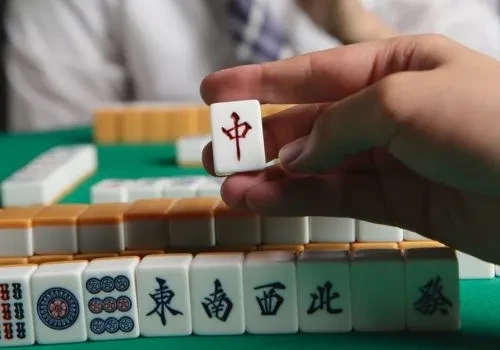
If you're new to Mahjong, getting familiar with the tiles is a great first step. You can start by handling the tiles, noting their symbols, and practicing simple hands. There are many resources available, including online tutorials and local clubs, where you can learn and play. Here are some tips for Beginners:
- Start Simple: Begin with the basic rules and a standard set before exploring variations.
- Learn the Suits and Honors: Focus on recognizing the tiles and understanding their roles.
- Practice Regularly: Like any game, practice is key to mastering Mahjong.
Ready to Put Your Tile Knowledge to Work?
Now that you know how many tiles are in a set and what each one does, it's time to play. Head to 247Games to try free Mahjong right in your browser. Practice spotting suits, honors, and bonus tiles, test yourself across classic layouts and friendly difficulty levels, and build confidence one round at a time.
Prefer a quick session? Play a fast game to sharpen your tile recognition skills. Want a longer challenge? Explore different variants and see how tile counts shape strategy. No downloads, no pressure, just simple, satisfying play that turns what you've learned into skill. Start a game today and keep improving.
Solitaire Games
More Solitaire Games
More Games
Solitaire News
Disclaimer
DISCLAIMER: The games on this website are using PLAY (fake) money. No payouts will be awarded, there are no "winnings", as all games represented by 247 Games LLC are free to play. Play strictly for fun.

